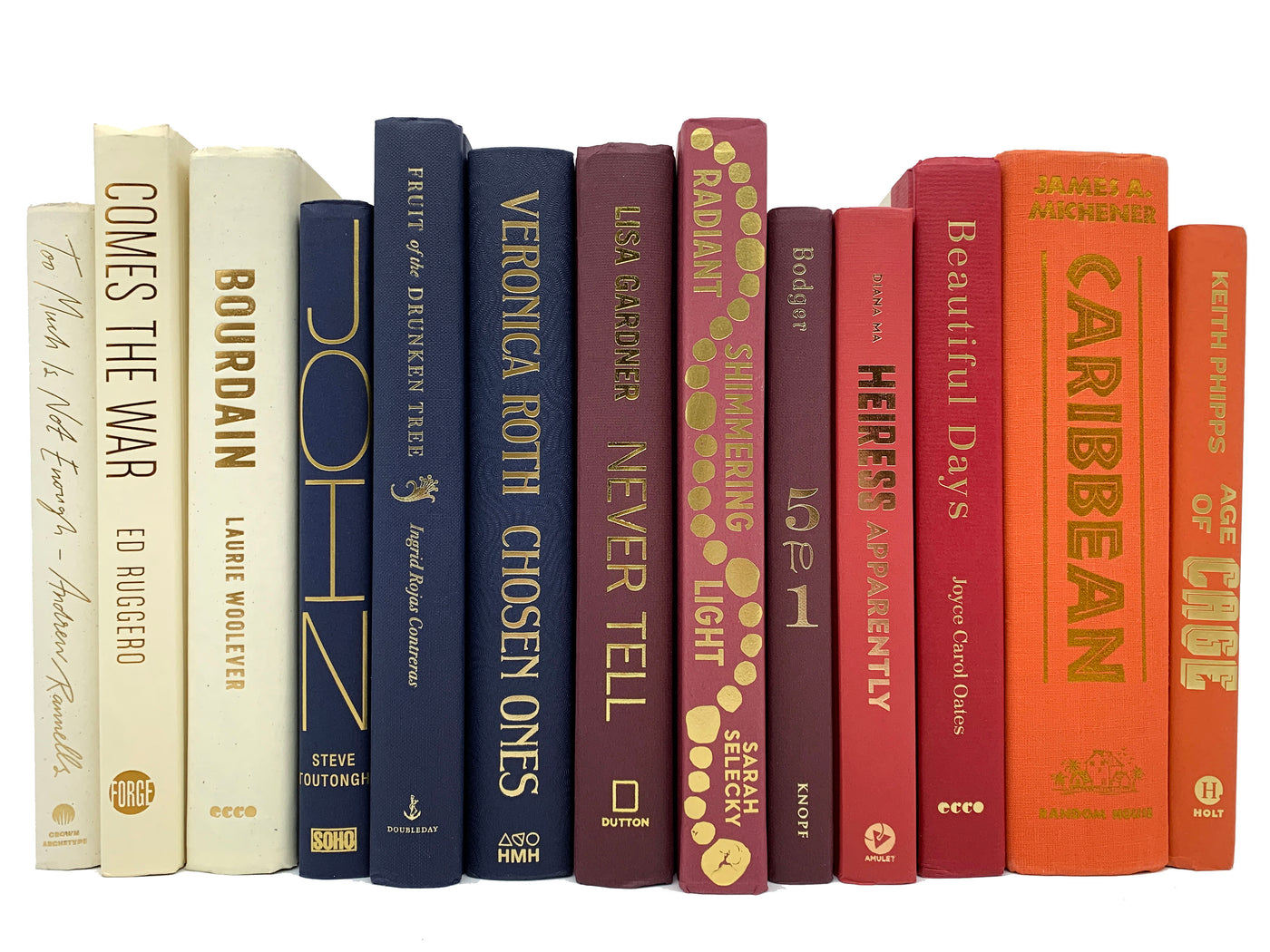Hardcover Books That Are Great for Decor
Hardcover Books That Are Great for Decor
Blog Article
A Comprehensive Guide to the Process of Hardcover Books Printing
When you begin the trip of hardcover publication printing, understanding the entire procedure is necessary. From preparing your manuscript to picking the appropriate products, each step plays a vital function in the last item. You'll need to consider layout elements and printing methods that match your vision. As you browse via binding and quality control, you'll locate that every choice influences the publication's general appeal. So, what comes next in this detailed process?
Understanding the Hardcover Publication Structure
When you discover the world of hardcover publications, you'll promptly notice that their structure is distinct and intentional. You'll discover a material or natural leather covering, which not only boosts aesthetic appeals however likewise adds to the book's durability.
The text block itself consists of multiple trademarks, or folded sheets, sewn with each other for strength. You'll see that the back is reinforced, enabling a smooth lay-flat analysis experience - hardcover books. Additionally, guide's weight often communicates a feeling of quality and durability
Hardbound publications usually include a dirt coat, which serves as an advertising tool while safeguarding the cover. Understanding these components helps you value the workmanship behind hardcover books and their one-of-a-kind charm in the literary globe.
Manuscript Preparation and Editing
Getting your manuscript all set for printing is important, and it begins with proper formatting guidelines. You'll require to recognize the editing procedure to refine your work and guarantee it resonates with viewers. Plus, understanding proofreading methods can aid you capture those troublesome mistakes before your publication mosts likely to print.

Manuscript Formatting Standards
Appropriate manuscript formatting is crucial for developing a professional-looking hardcover publication. Make sure to check your manuscript for consistency in style, making certain that whatever from spelling to spacing sticks to your selected standards. Adhering to these steps will set a strong foundation for your book.
Editing Refine Essentials
Editing your manuscript is a crucial step that can transform it from a harsh draft into a refined final item. Remember, editing isn't simply concerning fixing mistakes; it's about fine-tuning your voice and guaranteeing your message resonates with readers. Accept the process, and you'll see your manuscript sparkle.
Proofreading Strategies Overview
When you have actually brightened your manuscript through modifying, the next step is to guarantee it's free of errors that can sidetrack viewers. Start by taking a break after editing and enhancing; fresh eyes capture mistakes better. Read your manuscript out loud-- this aids you hear uncomfortable phrasing and spot typos. Usage digital tools like spell checkers for first scans, yet don't count entirely on them. Think about publishing your manuscript; analysis theoretically can expose mistakes that screens miss out on. Concentrate on one kind of error each time, whether it's spelling or grammar, to avoid feeling overwhelmed. Employ a relied on pal or specialist proofreader to offer a fresh point of view. Their responses can highlight problems you could neglect.
Creating the Publication Cover and Inside
When you're developing your publication cover and interior, you'll want to concentrate on essential layout aspects that catch your target market's focus. Picking the ideal typography styles and thoroughly choosing shades and imagery can make all the difference in sharing your book's theme. Let's check out exactly how these options can boost your job and bring in visitors.
Vital Layout Components
Producing a captivating publication cover and a properly designed inside is necessary for attracting visitors and improving their experience. Beginning with the cover; it's your very first impression. Pick shades and images that reflect your book's theme and mood. See to it your title stands apart and is understandable, also in thumbnail dimension.
A tidy, well organized style assists readers browse easily. Bear in mind, a natural style throughout your book cultivates a specialist look that can significantly influence a visitor's decision to pick it up.
Selecting Typography Styles
Typography plays an essential role in both guide cover and interior decoration, forming just how readers regard your material. When selecting typography styles, consider your book's category and target audience. A timeless serif font may work well for literary fiction, while a modern sans-serif could fit a contemporary story. Warranty readability; your text should be very easy on the eyes, particularly for longer passages. Pay focus to font size and line spacing, as these components influence overall flow. Mixing fonts can include passion, but restrict it to 2 or 3 to keep coherence. Lastly, assume about hierarchy-- utilize various styles for headings and body message to direct visitors effortlessly via your work. Your typography selections will significantly affect the reader's experience.
Color and Imagery Selection
Selecting the right colors and imagery is essential for recording this article readers' attention and conveying your publication's motifs. Beginning by considering your style; vivid colors could function for a children's book, while muted tones suit an enigma book. hardcover books. Use images that reverberates with your material-- photos, pictures, or abstract styles can enhance your message
Believe about the feelings you desire to evoke. Cozy shades can create enjoyment, while great colors typically communicate calmness. When designing the cover, ensure the images doesn't overwhelm the title and author's name; clearness is key. Inside, use constant shade plans that complement your typography. This cohesive approach not just elevates your publication's aesthetic however additionally enriches the reader's experience, making it more memorable.
Choosing the Right Paper and Products
When choosing paper and materials for your hardbound publication, it's important to contemplate just how they'll influence the total feel and look of your job. Beginning by picking the ideal paper weight; much heavier stock usually shares high quality and toughness, while lighter paper can produce an extra fragile touch. Take into consideration the coating as well; glossy paper enhances photos and shades, while matte can give a sophisticated, understated appearance.
Cloth, natural leather, or printed paper can set the tone for your book. Additionally, believe about the binding materials; making use of high-quality glue guarantees your publication lasts.
Eventually, the choices you make right here reflect your vision, so make the effort to sample various materials (hardcover books). Your selections will aid develop a publication that's not only aesthetically appealing however also sturdy and useful
The Printing Refine: Techniques and Technologies
A website link range of printing strategies and innovations can bring your hardcover book to life, each offering special advantages. Digital printing is a preferred selection for short runs, enabling fast turnaround and cost-effective solutions. When you need to print smaller quantities without compromising top quality, it's excellent. On the various other hand, balanced out printing excels in generating huge volumes, supplying premium and constant results. This technique is ideal for substantial magazines where color precision and fine information matter.
Comprehending these techniques aids you make notified choices, ensuring your hardbound publication not only looks wonderful yet additionally meets your production requires properly. Select the best technique to elevate your book's charm and effect.
Binding Techniques for Hardcover Books
Numerous binding methods can change your hardcover publication into a durable and attractive product. One prominent choice is the case binding approach, where the pages are stitched with each other and after that affixed to a stiff cover. This offers excellent durability and a professional appearance. Another approach is the excellent binding, which utilizes adhesive to hold the pages together, enabling a streamlined spinal column but less toughness contrasted to case binding.
You could also think about spiral binding, which enables your publication to lay flat, making it suitable for workbooks or handbooks. Each binding approach has its advantages and fits different demands, so assume concerning your book's function and audience when choosing the finest alternative for your job.
Quality Assurance and Last Touches
After picking the right binding technique for your hardbound book, quality assurance becomes necessary to verify your end product fulfills your assumptions. Begin by evaluating the published web pages for any type of errors or inconsistencies in shade and design. You do not wish to miss any typos or misprints that can affect your readers' experience.
Next, inspect the binding integrity. Validate the web pages are securely connected and that the back is durable. A well-bound book not only looks specialist but likewise feels durable in your hands.
In addition, pay focus to the cover. Search for any scuff marks or misalignments in the art work. Make certain they're used constantly across all duplicates. if you've opted for unique coatings like embossing or foil stamping.
Ultimately, conduct a comprehensive examination of the whole batch before relocating to circulation. In this manner, you can confirm that every publication reflects your high standards.
Regularly Asked Inquiries
How Long Does the Hardcover Book Printing Process Commonly Take?

What Is the Minimum Order Quantity for Hardcover Books?
The minimum order amount for hardcover publications usually begin around 100 duplicates, but it can differ based upon the printer. You should talk to your chosen printing service for their specific demands and pricing.

Can I Print Hardbound Books in Custom Sizes?
Yes, you can print hardbound publications in customized dimensions. Many printing solutions use flexibility with measurements, permitting you to select a layout that suits your job. Just validate the requirements prior to putting your order.
Exist Eco-Friendly Options for Hardcover Publication Printing?
Yes, you can discover green options for hardcover publication printing. Several companies use lasting inks and recycled products. Just ask your printer about their environment-friendly practices to guarantee your task lines up with your environmental values.
What Are the Expenses Related To Hardcover Book Printing?
When thinking about hardcover publication printing prices, you'll need to consider products, style, and printing methods. Additional expenses like delivery and binding can also affect your general budget, so plan as necessary for your task.
When you start the trip of hardbound book printing, understanding the entire procedure is important.A range of printing strategies and innovations can bring your hardcover book to life, each offering one-of-a-kind benefits. Exactly how Lengthy Does the Hardbound Publication Printing Process Typically Take?
The hardcover publication printing process generally takes around 2 to 6 weeks.Yes, you can find environment-friendly alternatives for hardcover book printing.
Report this page